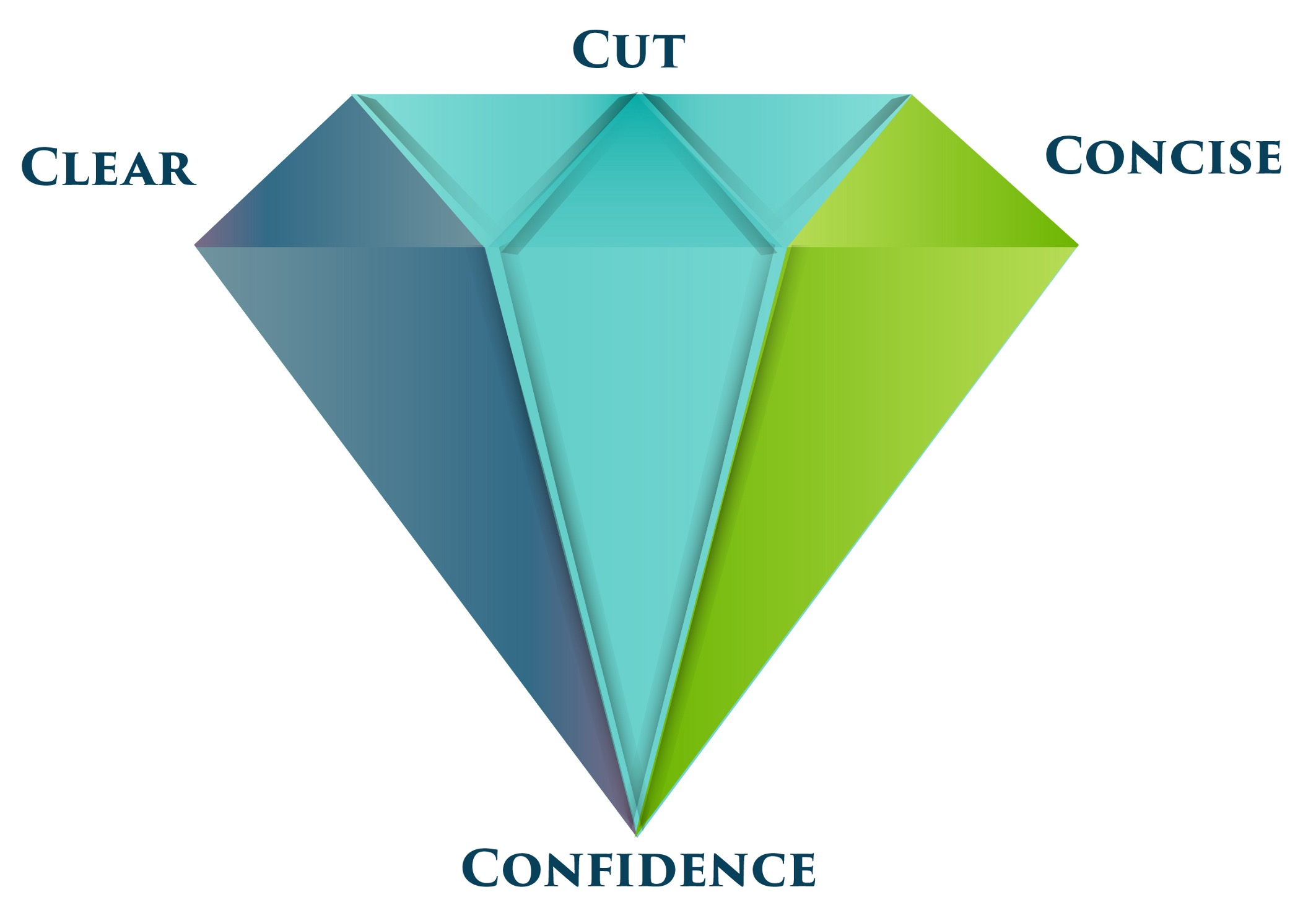“Clarity of direction, which includes describing what we are going after as well as describing what we will not be going after, is exceedingly important at the late stage of a strategic transformation.” Andrew Grove, former CEO, Intel
Think back to when you were a kid. Can you recall a time when you got lost? Maybe it was at the mall, a supermarket or museum. Maybe it was just for a few moments, when you couldn’t find mom or dad or Aunt Susan. Can you recall the feeling? Were you anxious, frightened or downright terrified? And do you remember the joy that came with finding them again?

Becoming lost can be a quickly relieved scare for a child, but in business, being rudderless and without direction can be a source of chronic frustration and failure. In a study of 89 companies, the group with both superior profit and sales versus others, showed the biggest difference was agreement with the statement, “strategic planning in our enterprise has led to an improved competitive position.” Unfortunately, in an APQC study on the skills managers need versus the skills they possess, the number one skill deficiency identified was strategic planning.
For you and your organization to be successful, it’s critical to understand how to set strategic direction. In looking at 100 companies, we find that more than 70 percent of successful businesses started from a process of strategic planning. Consider your current plan: is it a clear, concise and motivating driver of your daily activities? If not, sooner or later you will lose significant business to your competitors. Research out of Harvard Business School over a ten-year period showed that companies with clearly defined and well-articulated strategies on average, outperformed their counterparts by 304 percent in profit margin, 332 percent in total sales and 833 percent in total return to shareholders.When asked what a CEO needs to focus on, Hewlett Packard Enterprise CEO Meg Whitman said, “First, you need the right strategy. Less than perfect execution against the right strategy will probably work. A 100% execution against the wrong strategy won’t.”
As important as the plan itself is the thinking that goes into it. Market trends, customer value drivers and the competitive landscape will all continue to evolve at different rates, and at some point, your current strategies may need to evolve as well. If you only rely on what worked in the past and are unable to generate new insights, your products and services may become obsolete.
When 10,000 senior executives were asked to identify the leadership traits most important to their organization’s long-term success, executives chose “strategic” 97 percent of the time. Not only is being strategic the most critical trait of a leader, it also dramatically improves their team’s performance. Research shows that team members are 40 percent more committed when they believe their leader has a clear strategic direction.
There are three C’s to setting strong strategic direction for your business: clear, cut and concise.
Clear. Setting strategic direction boils down to answering just two questions:
1. What are you trying to achieve?
2. How will you achieve it?
While the team needs to think about and discuss the market, customers, competitors and the company, these two questions form the foundation of any good plan. If you and your group can gain clarity on your goals (what you are trying to achieve) and your strategies (how you will achieve them), you’re ahead of the pack.
Cut. Movie fans enjoy this time of year as the film industry award ceremonies are in full swing, culminating with the Academy Awards. Since 1981, not a single film has won Best Picture without at least being nominated for Best Editing. In fact, in about sixty-six percent of the cases, the movie capturing the Oscar for Best Editing has gone on to win Best Picture. Editing is the process of removing irrelevant, trivial and unimportant elements to make the film stronger. The editor uses intentional subtraction to add life to the storyline, dialogue and characters.
While not formally included in the job description, one of the main responsibilities of a leader is to act as the editor of the business. A good leader is continually monitoring products, services, processes and people’s habits for things to cut out if those things are no longer adding value. In the strategy workshops I facilitate, an exercise that generates great interest is when the group discusses what they should stop doing. Too often, projects, initiatives, reports, and tactics have continued to receive resources even though they have outlived their usefulness. Think about your business: what areas should you edit—or cut off—from time, attention, people and budgets so you can add value in other areas?
Concise. One of the favorite sayings around our dinner table is when one of us (OK, usually me) starts to finish a story with “To make a long story short,” my kids chime in with “Too late!” There is something to be said for brevity, especially when talking with teenagers. Brevity can also be a powerful tool in setting strategic direction.
Being concise heavily relies on the first two C’s: clear and cut. If there’s a lack of clarity in one’s thinking, and trade-offs or cuts haven’t been made, then it’s extremely difficult to be concise. This is most often evident in the huge PowerPoint decks that make up people’s plans. As strategist Keniche Ohmae wrote, “Inability to articulate a strategy in a single, incisive, natural-sounding sentence is a sure sign that there is something wrong in the strategy itself.” And Airbnb CEO Brian Chesky reinforced the importance of being concise when he said, “If you can’t fit it (strategic plan) on a page, you’re not simplifying it enough. I told my team they have to put the entire plan on a page this big by next week–same size font.”
In the computer industry, vaporware is typically hardware or software that is announced but is never manufactured and in many cases, doesn’t exist.What passes for a plan in many organizations is VaporStrategy—a giant to-do list of tactics with goals or strategic imperatives masquerading as strategy. To set strong strategic direction for your business, you need to be clear, cut and concise. And if each of those criteria are met, you’ll realize the fourth C of confidence in knowing that you and your team are as prepared as possible to maximize your success.
